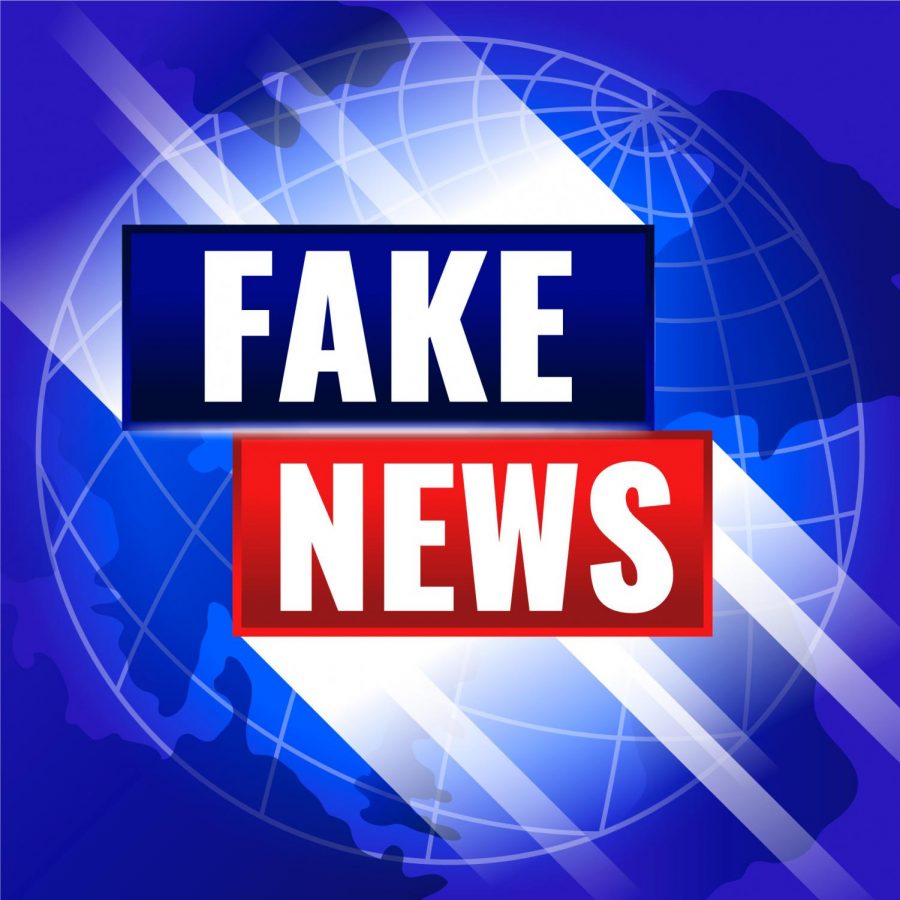Opinion: How To Not Be Fooled By Fake News
A guide to media literacy and seeing through the partisan colored
February 16, 2021
With just the click of a button, you can access dozens of news sites with dozens of different biases, motives, and agendas. It’s more important than ever in the era of disinformation and ‘fake news’ to be aware of these biases. So how do you figure out these biases? How do you identify them? How do you find the truth in a sea of clickbait and echo-chambers?
First, take a deep breath, and check your own biases. Not a single person is completely unbiased; we all have opinions and prejudices that are a product of our education, face, race, sex, gender, class, et cetera et cetera. The way you consume and respond to news will be affected by these lenses. The important thing when consuming media critically is to recognize these biases (because believe me, they’re there, consciously or subconsciously) and be able to see how they affect your perception of the news. This leads to step two: recognizing bias in your news sources.
Remember, news networks are not only made up of people with biases, they are also a business with an agenda and money to make: all news sources are biased. All news sources have to determine what news is newsworthy, what angle to pursue, what aspects of a story to focus on. Most importantly, they all have an audience that they will cater to and tailor their presentation of the story accordingly. The agenda is not always to tell the truth, and often, it’s more important to get viewers and dollars.
Now that we’ve had a crash course in biases, the next step is being discerning in how you get your news. I hate to break it to you, but if you only get your news from the Snapchat explore page, you’re falling into the trap of easily accessible, mostly clickbait stories. Stick to verified, reputable sources (Breitbart and Palmer Report are not good news sources). Same goes for if you are only getting your news from one source. You are only getting one side of the story, literally. Most of all, you are building up an echo chamber that only confirms your beliefs, especially if your preferred news source relies more on views than accuracy. It’s easy to feel like you’re right when you only read things that support yourself.
Challenge yourself to read news from more centrist or even different points of view. Look at how different sources will report the same event in ten different ways. From FOX News to MSNBC, the political spectrum tints news in shades of red and blue, then gives it to the public colored with biases and political interests. With multiple sources, you can filter the bias and determine the truth beyond the agendas.
Most of all, whenever you read a news story or a headline, remember to ask yourself the following questions:
Why was this story written?
Who is writing this story, and what biases do they have?
What is the purpose of the story? What is the motive behind this?
And most of all: Is this really news?
In the age of 24-hour news networks, there are piles of content readily available. It is up to you, the discerning reader, to find the needle of truth in the haystack of listicles, opinions, and fake news.


